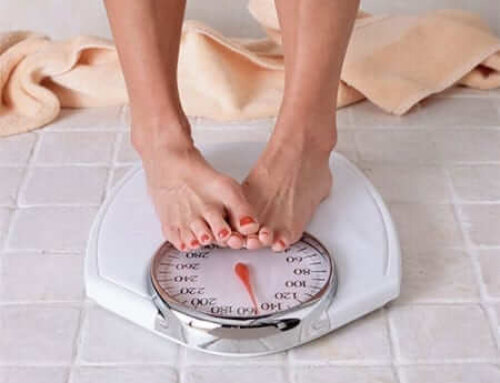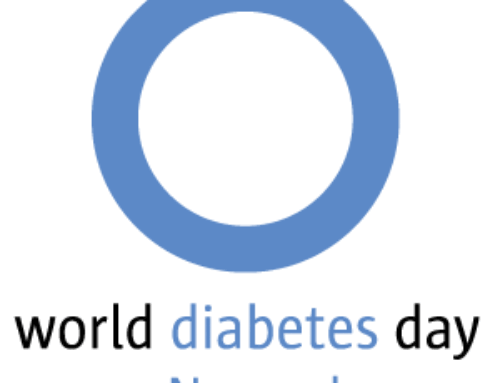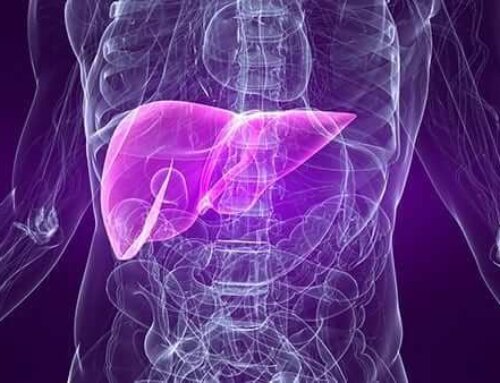I often counsel patients who have elevated triglycerides in conjunction with their diabetes, and since it is heart month I thought I would share some of that information. Almost 80% of people with diabetes have high triglycerides. It is most commonly seen when blood sugars are out of control. Increased triglycerides thicken the walls of the arteries and can lead to heart disease, strokes, peripheral vascular disease, nerve damage and heart attacks. They are a type of fat which is quickly changed from excess calories (over-eating) not used immediately in the body for energy.
Triglycerides are stored in fat cells. Eventually triglycerides are released between meals for energy. If triglycerides are not needed, fat stores are accumulated. There are no symptoms associated with this condition except in the familial kind, which causes xanthomas or skin lesions. These lesions are usually located on the eyelids but can be located anywhere on the body as small, tender, raised and itchy bumps. High triglycerides are also an aspect of insulin resistance. They can be checked with a simple blood test, called a lipid profile, done while fasting (no eating for 8-12 hours) – the normal or acceptable level is 150mg/dl. Many times I counsel patients who have triglycerides in the 400-600s when their diabetes is not controlled. Let’s learn about triglycerides.
What causes triglycerides to increase?
- Out of control blood sugars
- Drinking too much alcohol
- Having low thyroid function (hypothyroidism)
- Weight gain or current obesity
- Family history
- Certain medications including steroids, hormones, diuretics and beta blockers.
- Kidney or liver disease
What can help me reduce my triglycerides?
- Weight loss – just 5-10% of your body weight will make a significant difference
- Eat less – triglycerides are extra calories stored as fat. Eating fewer calories will reduce total triglycerides
- Cut down on alcohol – they’re full of empty calories and sugar, which raise triglycerides
- Cut down on saturated fat, trans-fat and cholesterol in your diet (e.g. fatty marbelized meats, luncheon meats or cold cuts, high fat cheeses and whole cream or milk along with boxed or bagged foods).
- Raise the amount of healthy fats you eat – especially monounsaturated fats (olives, olive oil, canola oil, nuts and avocados).
- Reduce sugary and starchy foods with a high glycemic index (white foods).
- Add Omega 3 fish, including herring, tuna, salmon, anchovies, mackerel and trout
- No smoking!
- Exercise 5 days a week for 30 minutes. Just move.
- If lifestyle changes do not work, consider talking to your health care provider about certain medications (prescription Lovaza or Vascepa – containing high doses of Omega 3’s). They’re expensive, but have minimal side effects.
- Talk to your health care provider about niacin supplements, including Niaspan. Niacin medications can have specific side effects, so be alert! Talk to your professional about taking an aspirin 30 minutes prior to niacin to prevent redness and hot flashes.
- Talk to your health care provider about fibrate medications, including Lopid, Tricor and Lofibra.
- Talk to your health care provider about statin medications, which are usually prescribed for high LDL cholesterol issues, but can be used in conjunction with triglyceride medications. Side effects may include muscle pain or stomach problems.
Remember to take note of your blood pressure, cholesterol and blood sugar numbers to reduce your risk of future cardiac disease.
NOTE: Consult your doctor first to make sure my recommendations fit your special health needs.











Leave A Comment